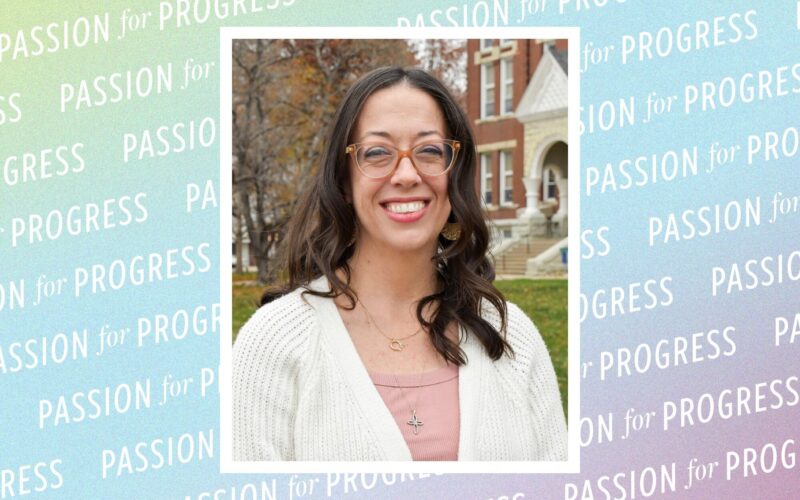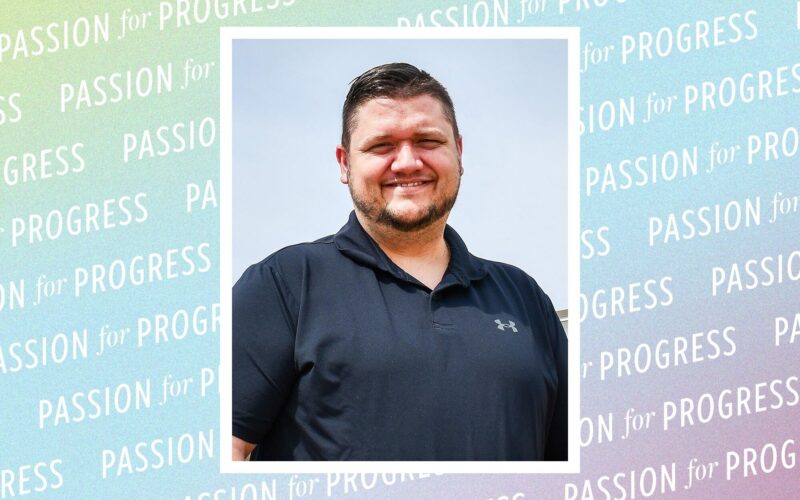Regional Grantmaking
Sealing in home-cooked love in Vernon County
This is one story from a three-part series on senior centers in rural communities across the CFO’s service region.
For Heather Greer and Jo Hymer, creating tasty meals for visitors at the Neal Center in Nevada is a job, but they earn more than a paycheck. They also receive joy.
“You start trying to cook the way they like it. It’s like a second family,” Greer says. “It’s hard for a lot of them to go to the store and buy what they need — food’s so high now.”
“We get to know everyone really well,” Hymer adds. “When one’s not here, we’re worrying they’re sick.”
Their work brings the ladies to the center in the early hours of each weekday to start the process. The pair has been close for much longer than their years together at the center: Hymer is Greer’s mother.
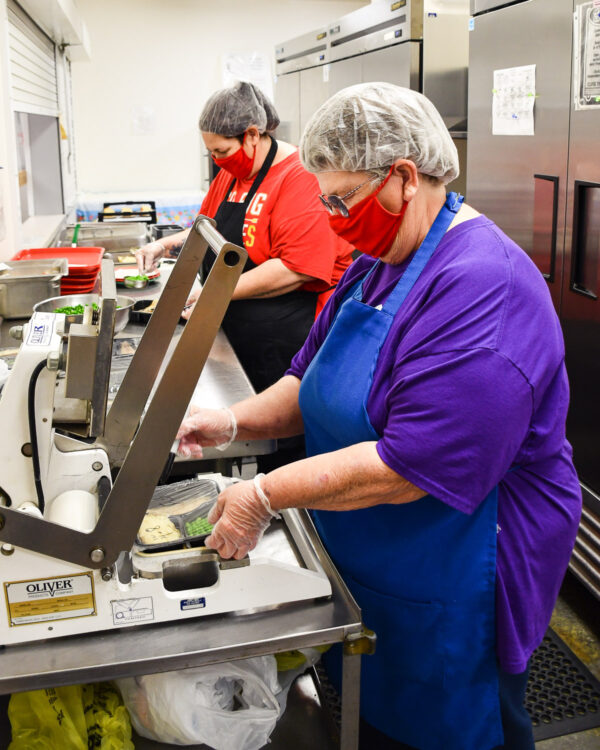
The mother-daughter team of Heather Greer and Jo Hymer prepare meals every week at the Neal Center in Nevada.
“I tell her she can tell me what to do here, but nowhere else,” Hymer jokingly says.
Together, they serve patrons through a window between 11 a.m. and 12:30 p.m. each weekday. There are others, though, who don’t eat in the cheerful dining room, and instead receive to-go or delivered meals. While many of these are hot, frozen options are crucial, particularly for folks who need more than one meal a day, or for weekends and holidays when the center isn’t open.
Right now, Greer and Hymer pack those frozen meals as part of lunch shifts. A white board near the serving line lists who on the route has allergies and specific preferences, so they can quickly see what adjustments need to be made when sending out meals. They dish up the main course and sides — on this particular day, it’s fish, peas and potatoes — into compartmentalized containers, and use a machine to bond a thin layer of plastic over the food to seal in freshness.
The meals are then placed in freezers. It’s seemingly simple, but looks can be deceiving. Using conventional freezers, meals can’t be stacked and need to freeze for hours, so it can be a challenge to find where to put many meals.
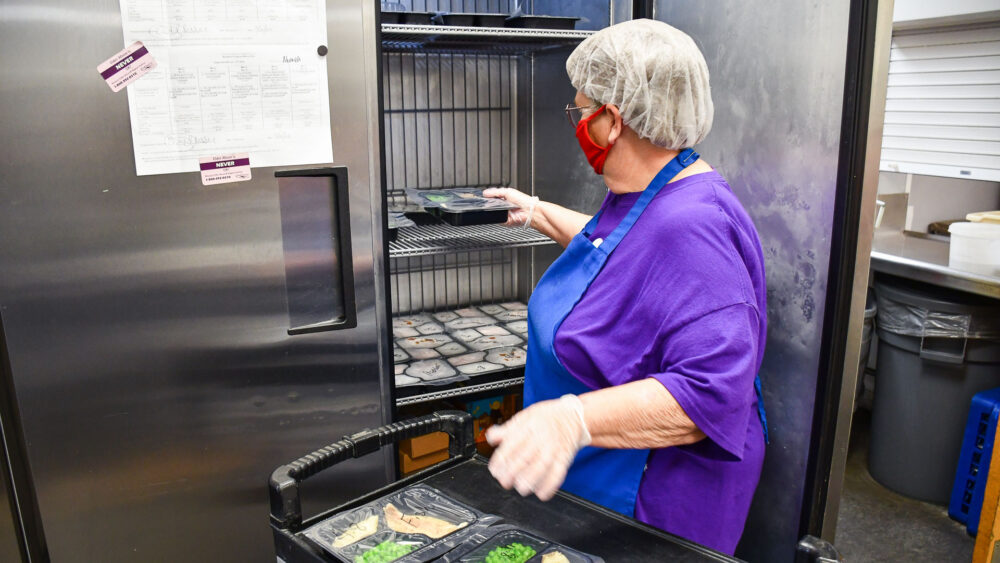
A conventional freezer is currently used at the Neal Center to preserve freshly made meals for delivery to residents. The center’s parent agency received a $25,000 Coover Regional Senior Center Support Grant to purchase a blast freezer, which will greatly improve the efficiency and capacity of the delivery program.
A blast freezer — equipment that allows 16 trays of meals to be stacked on shelves and frozen in only an hour — would be a big help.
And now, through the Coover Regional Senior Center Support Grant Program, the center will receive $25,000 to purchase one.
“We won’t have to wait 12 hours to stack them,” Greer says. “So it’ll really help us.”
On average, Nevada’s center sends out 2,535 home-delivered meals per month. More than 1,500 of those are frozen, says Chris McCune, regional services director of Care Connection for Aging Services. The agency that serves as an umbrella for around 20 centers in 13 counties across the state.
Not only will the blast freezer help streamline operations at the center, but McCune says it also will improve the quality of meals and experience for patrons.
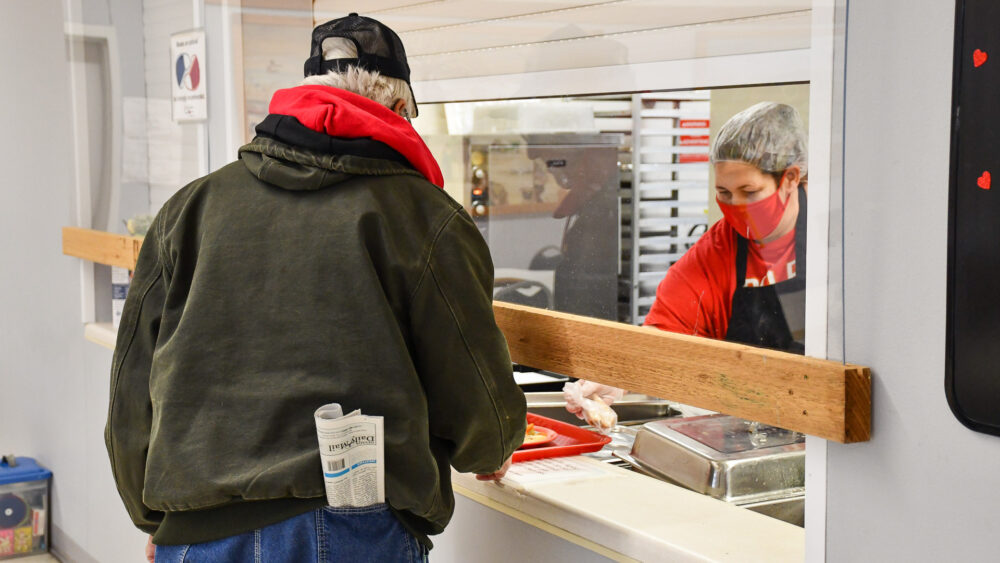
In addition to serving lunch every weekday, cooks at the Neal Center in Nevada produce more than 2,500 meals for home delivery each month.
“The blast freezer will allow for more meals to be frozen in a shorter period of time and definitely will create efficiency,” says McCune. “Quick-freeze is always going to be better. That’s what the industry does to retain the freshness and nutritional quality — we want them to be as high-quality as possible.”
She also notes that while the freezer will be based in Nevada, it could come in handy in other parts of the region as well.
“Right now, our primary use of the blast freezer will be in Vernon County, but it could certainly be used to assist another center in case of an equipment failure or some other emergency,” she says.
By Kaitlyn McConnell, writer in residence for the Community Foundation of the Ozarks.

